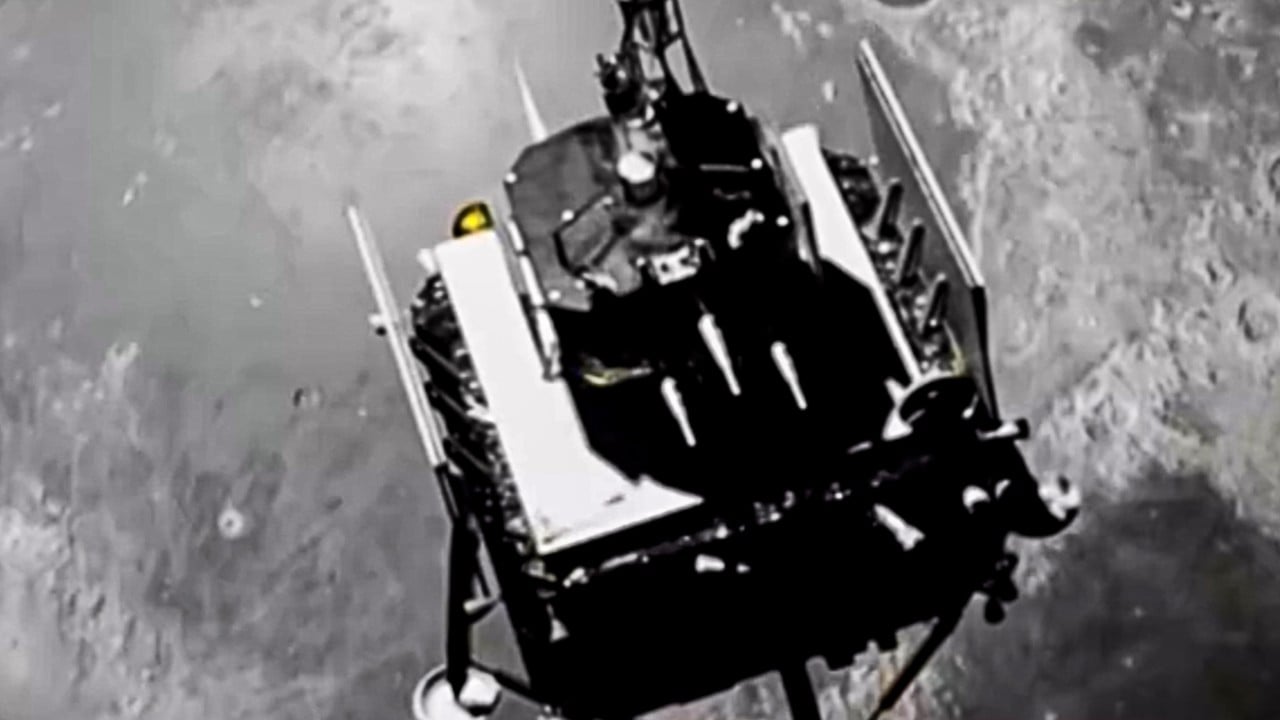A satnav system for the moon? Chinese scientists plot a possible route
While the paper did not specify a construction timeline, China aims to put astronauts on the moon by 2030 and to build a research base at the lunar south pole with international partners around 2035.
“Our study presented a road map to assemble such a constellation step by step, expanding its coverage from the lunar south pole region to the entire moon.”
Such systems usually comprise 20 to 35 satellites and have an accuracy of a few metres. Each satellite beams off radio signals, allowing the user to determine their location and time using a combination of signals from at least four satellites.
In the study, Peng and his team assessed three major factors of a lunar navigation system: the “quadruple coverage” of having signals from at least four satellites at any given time, the navigation precision, and the construction and maintenance costs.
In the second phase, by adding nine satellites and two orbit types, the constellation could provide full-time navigation for the lunar south pole region and support around-the-clock communication between Earth and any place on the moon.
In the final phase, placing a total of 21 satellites in four types of orbits, the complete constellation could give relatively accurate positioning for any place on the lunar surface for more than 70 per cent of the time.
China has developed and deployed two communications relay satellites, Queqiao-1 and Queqiao-2, in near-lunar space to support its historic missions to explore the far side of the moon in recent years.
One such plan is Japan’s Lunar Navigation Satellite System, proposed in 2022. It will consist of eight satellites circling the moon in highly elliptical orbits, providing communication, positioning and navigation services for the lunar south pole region.

